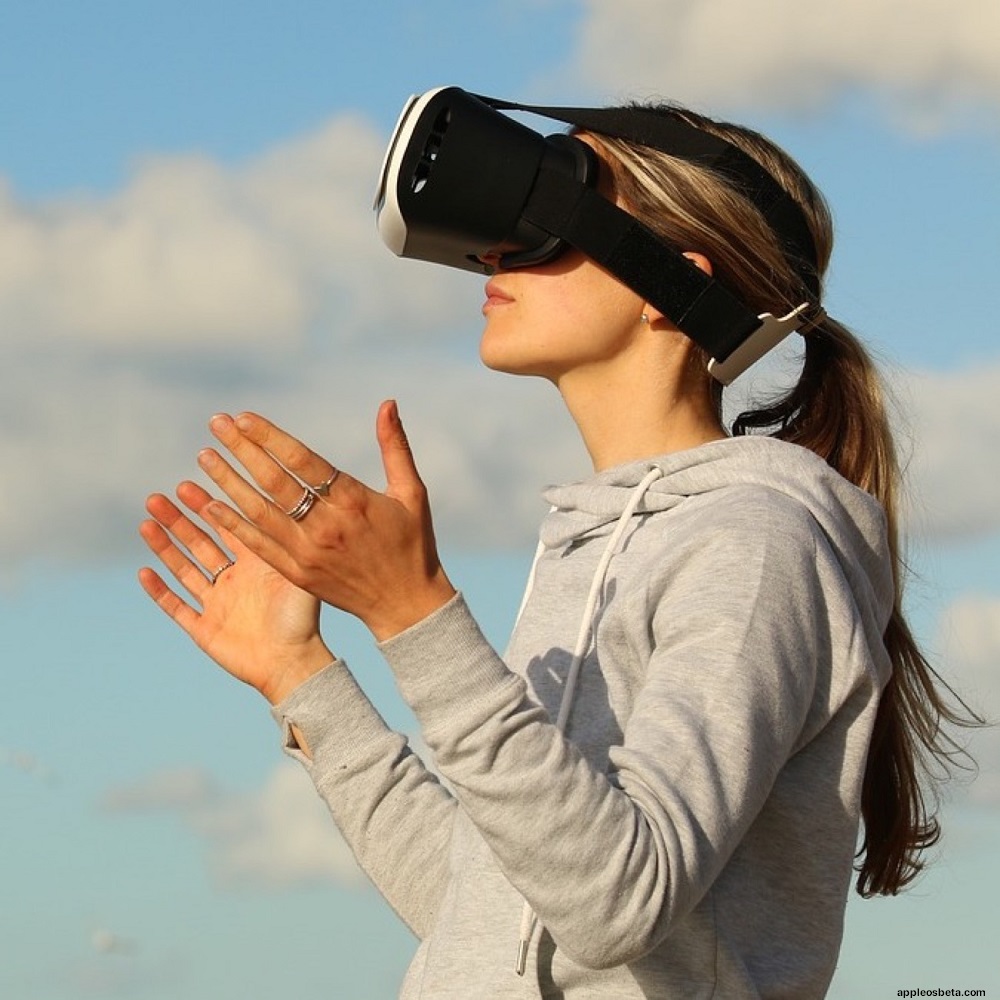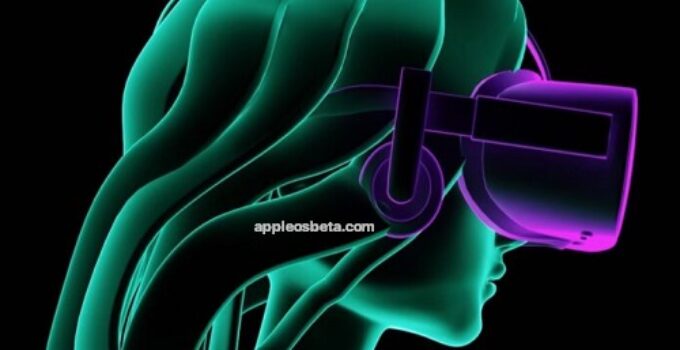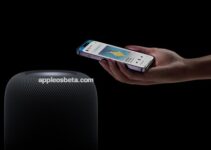Apple studies realistic haptic feedback for AR. Virtual reality shows us everything it wants, but without feeling anything, the involvement is limited. This is why for example some VR games work in conjunction with a treadmill and some cinemas shake the seat in a frankly futile attempt to make the user feel like they are actually participating in the car chase being projected on the big screen. But things in the future could be better.
How to clean iPhone, what to do and what to avoid?
In fact, a patent recently filed by Apple speaks of a technology capable of adding tactile sensation to AR experiences: a document titled Gyroscopic Precession Engine For Wearable Devices in which about 30,000 words go out of their way to explain how any device could be connected « to a part of the human body.
Tactile engines are an important aspect of XR (acronym for Extended Reality, or that simulated world that includes both AR and VR, ed) as they transmit physical sensations on the user’s body, improving the immersiveness of his experience. Haptic motors typically found in smartphones and other mobile devices, however, only deliver vibrations along a single axis.
What is it for?
According to Apple this is useful for app notifications, but it wouldn’t be the same on something like a head-mounted display (HMD). The patented system focuses precisely on this category of devices and shows how “a gyroscopic precession motor” would be able to provide continuous feedback “on the head, neck or other part of the body synchronized with the visual content”.
The idea is, for example, to make a roller coaster ride even more realistic with the simulation of centrifugal force, or of the air pressure in a scene where an explosion occurs.
The gyroscopic precession engine can be mounted or incorporated into an HMD or other wearable device to provide spatial guidance within AR and VR applications. It can also be used to help the user correct bad posture when sitting or standing and (with the help of special gloves, ed) provide tactile feedback when touching objects in the simulated world.
What is it for?
According to Apple this is useful for app notifications, but it wouldn’t be the same on something like a head-mounted display (HMD). The patented system focuses precisely on this category of devices and shows how “a gyroscopic precession motor” would be able to provide continuous feedback “on the head, neck or other part of the body synchronized with the visual content”.

The idea is, for example, to make a roller coaster ride even more realistic with the simulation of centrifugal force, or of the air pressure in a scene where an explosion occurs.
The gyroscopic precession engine can be mounted or incorporated into an HMD or other wearable device to provide spatial guidance within AR and VR applications. It can also be used to help the user correct bad posture when sitting or standing and (with the help of special gloves, ed) provide tactile feedback when touching objects in the simulated world.
It’s not the first and it won’t be the last
Apple has already filed countless patents on the XR and even in this case it does not mean that what has been studied will necessarily become a reality, nor that it will be soon. However it indicates the direction that the company is following, even if this does not arrive with the first generations of the device that has been talked about for years and which should go into production at the beginning of 2023, with a hypothetical launch around the month of April.



